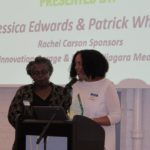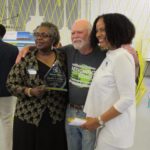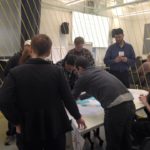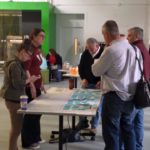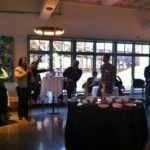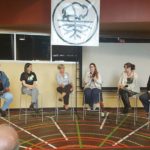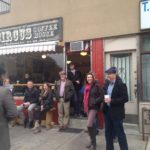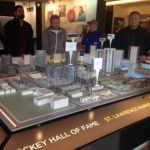Designing to Live Sustainably (d2ls) is a change agent working within our shared bi-national bioregion to nurture ideas from their conceptual stage to action, implementation and manifestation. We strive to serve as a vehicle through which great ideas can receive the support and financial means to come to fruition through a community network that offers the collaboration and synergistic effects to make them happen.
What We’ve Accomplished
Designing to Live Sustainably [d2ls] began in 2009 with a mission to be highly inclusive and challenge the conventional paradigm with radical collaboration. Our initial projects, competitions, sought ideas, concepts and designs from every demographic, and encouraged submissions on the design of policy and systems of governance as well as built environment.
To live sustainably we must achieve social stability by meeting today’s needs without compromising the ability of future generations to meet theirs.

The theme of Buffalo YIMBY 2019 is Breaking Ground and will highlight many of the ground breaking ideas and actions taking place in our neighborhoods today and will inspire change for tomorrow!
The Buffalo YIMBY (Yes In My Back Yard) Festival will bring together Block Clubs, neighborhood groups, grass roots organizations and interested individuals to get to know each other, share ideas and experiences, and develop skills and strategies that can improve and strengthen our communities. YIMBY provides an opportunity for neighbors to meet neighbors, residents to connect with policy makers, policy makers to learn from community groups and promotes the role of citizen led initiatives as an integral force for positive and sustainable change in the Buffalo-Niagara Region.

Bringing preparedness to the Buffalo-Niagara Region presents an opportunity to thrive, not just survive. Designing to Live Sustainably [d2ls] is leading an initiative to develop a Buffalo-Niagara Regional climate model, starting with Weathering Change in WNY. This first step in developing a more elaborate regional model has been completed in collaboration with Dr. Stephen Vermette, a climatologist with the Department of Geography & Planning at SUNY Buffalo State.

















